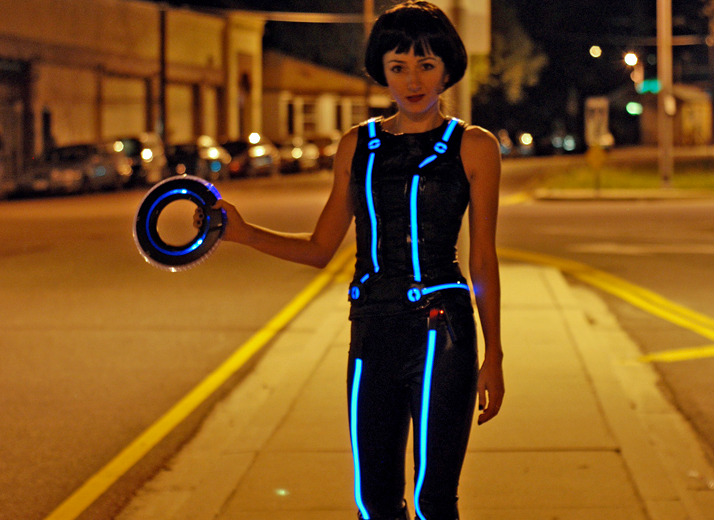
Don't You Dare Call Apple Watch A "Wearable"
During a talk Monday about the topic of wearables changing fashion’s purpose, a trio of three design and fashion experts dug into much larger ramifications than gadgets strapped to people’s wrists.
Alastair Parvin, director of WikiHouse, pointed out that work being done with 3-D printers, smart fabrics and other types of technology changes the production processes of fashion brands and that the term “wearables” will disappear in the not-so-distant future.
“The term ‘wearable’ will not exist once it’s actually happened—it’s like [the terms] information superhighway or mobile telephone,” Parvin told Adweek after the panel. “Anything’s a wearable if you’ve got some duct tape—it’s a word that’s been invented without an understanding of what it means.”
I’m a sucker for semantics and verbosity and general etymological hob-knobbery. I like words. So here’s a couple things about Parvin’s “wearable” assertion:
First, it’s already “actually happened.” The original wearable was invented by Edward O. Thorp and Claude Shannon in 1961. Steve Mann, the “father of wearable computing,” has been researching and fabricating and pissing off French McDonald’s employees with these things for more than 30 years. Basically, “wearable” is the accepted colloquial term for a class of technology product that’s been around for decades.
Secondly, what else are we going to call these things? The word’s already familiar the world over, and there’s no more brief or descriptive term that readily presents itself. “Wearable” is short for “wearable computer” or “wearable technology,” and while those two ideas can be dramatically different in scope, their industry-standard short-form designation isn’t going anywhere. How can the term be made more apt? How can it be shortened? How can its logic be improved upon in any useful, meaningful way? If you have an idea, I’m all ears.
Now for Parvin’s comparisons: I don’t see any. “Information superhighway” no longer exists as a mainstream descriptor because it was a short-lived marketing concept, a flowery metaphor for the commercial promotion of an already-existing infrastructure called the Internet. Amazingly, that original term won out, and we still use it to this day. “Wearable” is on the same trajectory. As for “Mobile telephone,” the word “mobile” actually remains the preferred nomenclature overseas, though “cell phone” (and, more recently, “smartphone”) have won out in the industry. But those are all mere derivations of the original term in question. Applying this lineage to Apple Watch, you have “wearable” as the industry category, “smartwatch” as the product type, and “Apple Watch” as the specific item. This isn’t hard.
That said, I understand why the fashion industry (as opposed to the luxury Swiss watch market, which is a subset thereof) desperately wants to yank the term out of the mainstream consciousness. After all, their own answer to the popular movement dramatically undersells what every consumer expects any time they hear that old “wearable” word. Here’s what Parvin and company are hawking as they seek to redefine “wearable technology”: 3-D printed fabrics, smart fabrics (?), bacteria-dyed textiles, and Swarovski brand activity-tracking crystal wristlets and pendants. Seriously.
The fashion world can call this ineffectual nonsense whatever they want, but if they’re dumb enough to conflate these types of goods with wearable computers like Apple Watch, they’re going to get stomped twice (or ten times) as hard when it comes to those coveted quarterly rankings. As much as they’d like to believe otherwise, they can’t redefine the wearables market.
But they can humiliate themselves at the very bottom of it if they insist on seizing that label.